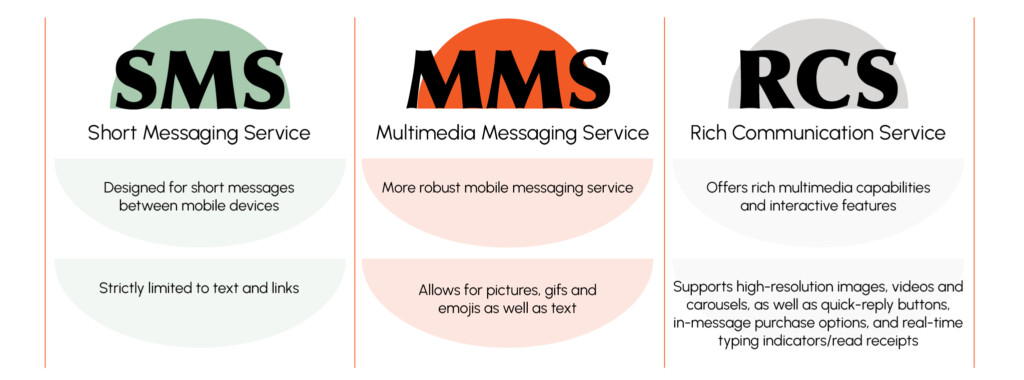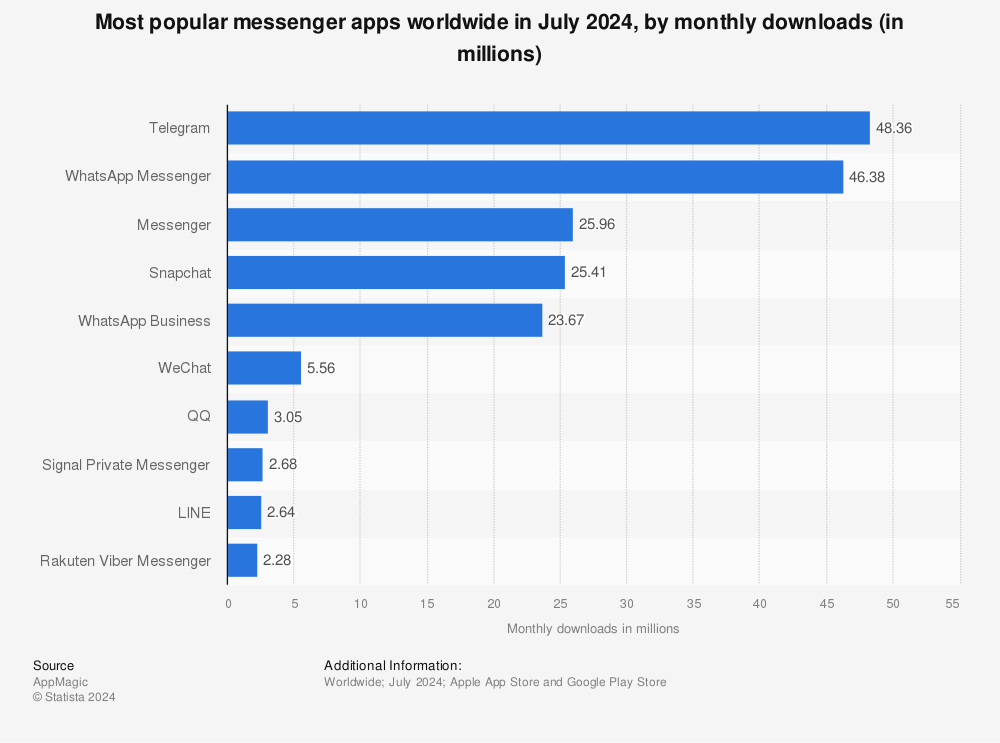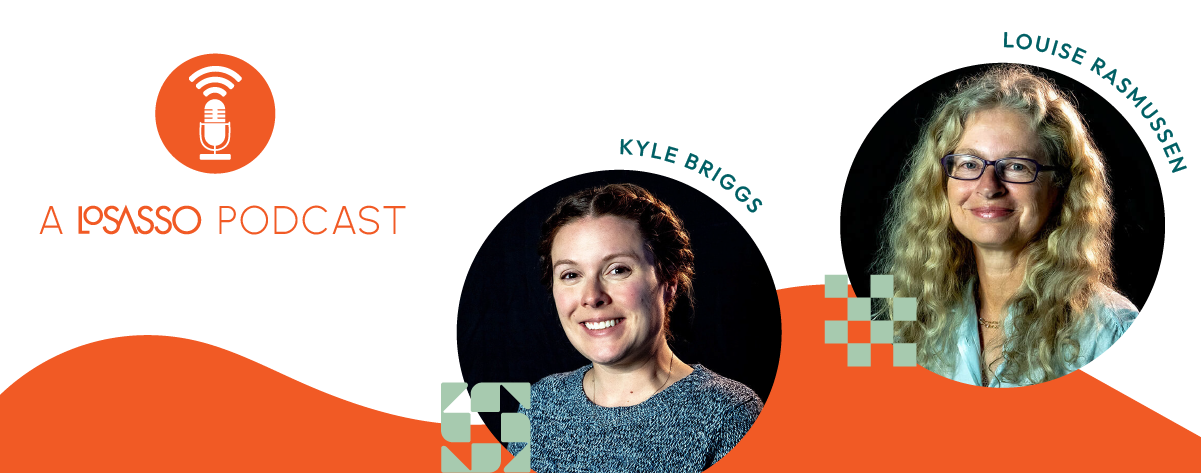These days, you can do everything from the comfort of your phone. Order food, schedule prescription pickups or even find love—the possibilities are endless. It’s no surprise then, that mobile messaging is the most widespread form of communication in the world right now. It’s only natural that our marketing strategies reflect that, but when 86% of businesses have used SMS marketing to text their customers in the past year, how do you rise above the marketing chatter? Short Messaging Service (SMS), Multimedia Messaging Service (MMS) and third-party apps like WhatsApp have been around for awhile, but a newer, enhanced messaging option, Rich Communication Service (RCS), is poised to shape where mobile messaging is heading.
SMS vs. MMS vs. RCS
In the marketing mainstream, SMS and MMS are the two most-used services. SMS, as the name suggests, is a text messaging service designed for short messages between mobile devices, usually capped at a maximum character length of 160 and strictly limited to text and links. With a higher open rate than email marketing, SMS is an invaluable tool for marketers.
Similar to SMS, MMS is a more robust mobile messaging service that uses pictures, gifs and emojis as well as text, catching consumers' attention with bright colors and animations.
A newer messaging service that has been predicted to gain momentum this year is RCS. RCS enhances the messaging experience by offering rich multimedia capabilities and interactive features. It supports high-resolution images, videos and carousels, and includes interactive elements like quick-reply buttons and in-message purchase options. RCS also provides real-time typing indicators and read receipts, fostering more engaging and dynamic communication.
While RCS is only compatible with Android and Google Messages’ web client at the moment, Apple is predicted to roll out RCS support during Fall 2024, making RCS the one to watch.

The most popular mobile messaging app
Garnering over 51 million downloads a month, WhatsApp is the most popular mobile messaging app in the world right now. As a third-party over-the-top (OTT) messaging service, Whatsapp uses an internet connection rather than a mobile network. Surpassing WeChat, Facebook Messenger and Telegram, users prefer WhatsApp because it's free to use, simple and provides end-to-end encryption. This tracks across all demographics and geographics.

Source: Statista
Mobile Messaging Campaign examples
Some globally recognized brands have already successfully launched various campaigns using SMS, MMS, RCS and WhatsApp to engage their customers and better meet a variety of needs.
Maggi, a Nestlé brand, launched a campaign in Germany that allowed users to talk to an AI chatbot through WhatsApp. The AI, named KiM (Kitchen Intelligence by Maggi) provides around 2,500 interactive recipes, crash courses in regional cuisines and tips on food safety. KiM also personalizes the experience, taking note of intolerances, allergies and diet, catering its service to each individual consumer.
SMS
Nike capitalized on FOMO with their recent SMS campaign, using timed merch drops and exclusive offers. Users were first prompted to fill out their phone number, email and shoe size online, then received messages about availability of select products in real time.
MMS
GoPro uses MMS to promote their GoPro Awards, sending consumers a carousel of vivid GoPro-captured images and videos, as well as a CTA link to submit images and pictures online. As their business focuses around capturing high-definition content, MMS is a great service to show off their video capabilities to consumers.
RCS
Warby Parker started a RCS campaign to help potential buyers customize their own pair of glasses. Using AI chatbots and customized CTA buttons, buyers were able to take a quiz, contact customer support and even browse the online store from the comfort of their mobile messaging app.
Stay ahead of the pack
When almost every business is using Mobile Messaging campaigns, it may seem hard to stand out. However, 50% of people who receive a SMS with a discount coupon, ad or QR code make a direct purchase, making mobile messaging marketing a must.
Plus, Apple is rolling out RCS capabilities with iOS18 this fall. Stay ahead of the pack—start experimenting with RCS today. LoSasso stays at the cutting edge of mobile marketing and the ever-evolving martech landscape. We’ll help you navigate the ins and outs of SMS, MMS and RCS marketing and the value that each could bring to your business. Let’s chat!


